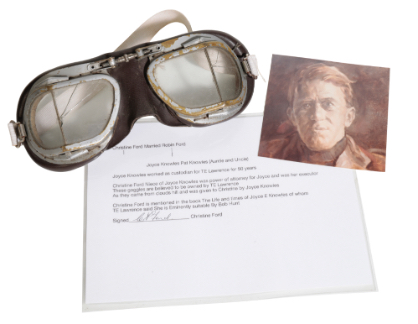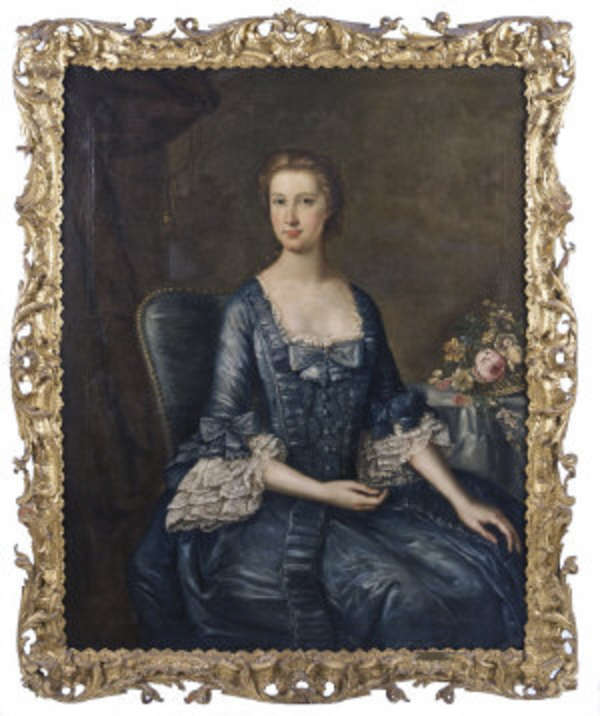'It is reasonable to assume that the eight remaining Blenheims, flying at 50 feet along that front of 3 or 4 miles, would have been facing at least twenty batteries of 37mm. and ten of 20mm. guns, with a combined firepower of 62,400 rounds per minute - an average of 7,800 rounds per minute against each aircraft. And this does not include machine-gun fire, either from the flak batteries or from troops in the streets or guarding factories or barracks. No wonder then that Hughie Edwards could write of it later, 'The flak was terrible - I saw nothing like it in my wartime operations before or after'.' Shocking facts well-known to Sergeant W. B. Healy, an Observer who flew in a Blenheim of No. 105 Squadron in the spectacular low-level daylight strike on the docks at Bremen on 4 July 1941; Battle-Axe Blenheims, No. 105 Squadron at War 1940-41 , by Stuart R. Scott, refers. An outstanding Second World War 'V.C. action' campaign group of four awarded to Sergeant W. B. Healy, Royal Air Force Volunteer Reserve, whose Blenheim flew on the port wing of V.C.-winning Wing Commander "Hughie" Edwards's aircraft in the spectacular low-level daylight strike against Bremen on 4 July 1941 Participation in the epic Bremen raid aside - during which a large shell ripped into his aircraft's fuselage and exploded in the air gunner's well - Healy's tour of duty in the Blenheims of 105 Squadron was likewise marked by much flak damage incurred at deck level On 26 August 1941 - and having been informed of his pending return from Malta to the U.K. for a rest - he and his crew were ordered at short notice to carry out a shipping strike off Tunisia: in running in over the wavetops to deliver their attack, their Blenheim failed to gain sufficient height to clear the enemy merchantman's masts 1939-45 Star; Air Crew Europe Star; Africa Star; War Medal 1939-45, extremely fine (4) Walter Brendan Healy commenced training as a Navigator and Air Observer in June 1940 and, having qualified at the year's end - and attended an O.T.U. - he joined No. 105 Squadron, a Blenheim unit operating out of Swanton Morley, in April 1941. 'Churchill's Light Cavalry': low-level operations of the hair-raising kind His first operation, a shipping strike flown on the 17th, proved a memorable one. Battle-Axe Blenheims, No. 105 Squadron at War 1940-41 , by Stuart R. Scott, takes up the story: 'The danger of unescorted low-level operations was now to become all too evident, and the other two aircraft were not so fortunate. On the return journey, two Bf 109 yellow-nosed fighters pounced on the Blenheims … The other Blenheim, crewed by Sgt. 'Arty' J. Piers, a Canadian pilot, Sgt. W. Brendan Healy (Observer) and Sgt. Stuart George Bastin (W.Op./A.G.), also came under attack, in an engagement which lasted for twenty minutes. Watching with horror as Sgt. Serjeant's Blenheim fell to the fighters, and with both guns and radio out of action, all the gunner could do was sit and pray. The yellow noses of the Messerschmitts appeared time and time again. Following instructions shouted back from the gunner, the pilot took evasive action, as they slipped and skidded over the sea, churning only feet below them. Eventually, having outwitted the 109s, and with considerable damage to the aircraft, they returned to St. Eval, where T-1885: F crash-landed safely. For the nineteen-year-old gunner and the rest of the crew, their inaugural operational flight with 105 Squadron had been a memorable one - with a repeat performance yet to come only eight days later on the 25th!' On 25 April, Healy's crew was one of four selected to attack the Royal Dutch Blast Furnace and steel works at Velsen, a suburb of Ijmuiden. The formation, led by Squadron Leader David Bennett took off from Swanton Morley at 09.25 hours. Healy's gunner, Sergeant Stuart Bastin, takes up the story: 'Lovely clear morning bright blue sky. Flying a few feet above the sea, we soon saw the Dutch coast about 15 miles away and we were shortly able to
'It is reasonable to assume that the eight remaining Blenheims, flying at 50 feet along that front of 3 or 4 miles, would have been facing at least twenty batteries of 37mm. and ten of 20mm. guns, with a combined firepower of 62,400 rounds per minute - an average of 7,800 rounds per minute against each aircraft. And this does not include machine-gun fire, either from the flak batteries or from troops in the streets or guarding factories or barracks. No wonder then that Hughie Edwards could write of it later, 'The flak was terrible - I saw nothing like it in my wartime operations before or after'.' Shocking facts well-known to Sergeant W. B. Healy, an Observer who flew in a Blenheim of No. 105 Squadron in the spectacular low-level daylight strike on the docks at Bremen on 4 July 1941; Battle-Axe Blenheims, No. 105 Squadron at War 1940-41 , by Stuart R. Scott, refers. An outstanding Second World War 'V.C. action' campaign group of four awarded to Sergeant W. B. Healy, Royal Air Force Volunteer Reserve, whose Blenheim flew on the port wing of V.C.-winning Wing Commander "Hughie" Edwards's aircraft in the spectacular low-level daylight strike against Bremen on 4 July 1941 Participation in the epic Bremen raid aside - during which a large shell ripped into his aircraft's fuselage and exploded in the air gunner's well - Healy's tour of duty in the Blenheims of 105 Squadron was likewise marked by much flak damage incurred at deck level On 26 August 1941 - and having been informed of his pending return from Malta to the U.K. for a rest - he and his crew were ordered at short notice to carry out a shipping strike off Tunisia: in running in over the wavetops to deliver their attack, their Blenheim failed to gain sufficient height to clear the enemy merchantman's masts 1939-45 Star; Air Crew Europe Star; Africa Star; War Medal 1939-45, extremely fine (4) Walter Brendan Healy commenced training as a Navigator and Air Observer in June 1940 and, having qualified at the year's end - and attended an O.T.U. - he joined No. 105 Squadron, a Blenheim unit operating out of Swanton Morley, in April 1941. 'Churchill's Light Cavalry': low-level operations of the hair-raising kind His first operation, a shipping strike flown on the 17th, proved a memorable one. Battle-Axe Blenheims, No. 105 Squadron at War 1940-41 , by Stuart R. Scott, takes up the story: 'The danger of unescorted low-level operations was now to become all too evident, and the other two aircraft were not so fortunate. On the return journey, two Bf 109 yellow-nosed fighters pounced on the Blenheims … The other Blenheim, crewed by Sgt. 'Arty' J. Piers, a Canadian pilot, Sgt. W. Brendan Healy (Observer) and Sgt. Stuart George Bastin (W.Op./A.G.), also came under attack, in an engagement which lasted for twenty minutes. Watching with horror as Sgt. Serjeant's Blenheim fell to the fighters, and with both guns and radio out of action, all the gunner could do was sit and pray. The yellow noses of the Messerschmitts appeared time and time again. Following instructions shouted back from the gunner, the pilot took evasive action, as they slipped and skidded over the sea, churning only feet below them. Eventually, having outwitted the 109s, and with considerable damage to the aircraft, they returned to St. Eval, where T-1885: F crash-landed safely. For the nineteen-year-old gunner and the rest of the crew, their inaugural operational flight with 105 Squadron had been a memorable one - with a repeat performance yet to come only eight days later on the 25th!' On 25 April, Healy's crew was one of four selected to attack the Royal Dutch Blast Furnace and steel works at Velsen, a suburb of Ijmuiden. The formation, led by Squadron Leader David Bennett took off from Swanton Morley at 09.25 hours. Healy's gunner, Sergeant Stuart Bastin, takes up the story: 'Lovely clear morning bright blue sky. Flying a few feet above the sea, we soon saw the Dutch coast about 15 miles away and we were shortly able to















Try LotSearch and its premium features for 7 days - without any costs!
Be notified automatically about new items in upcoming auctions.
Create an alert